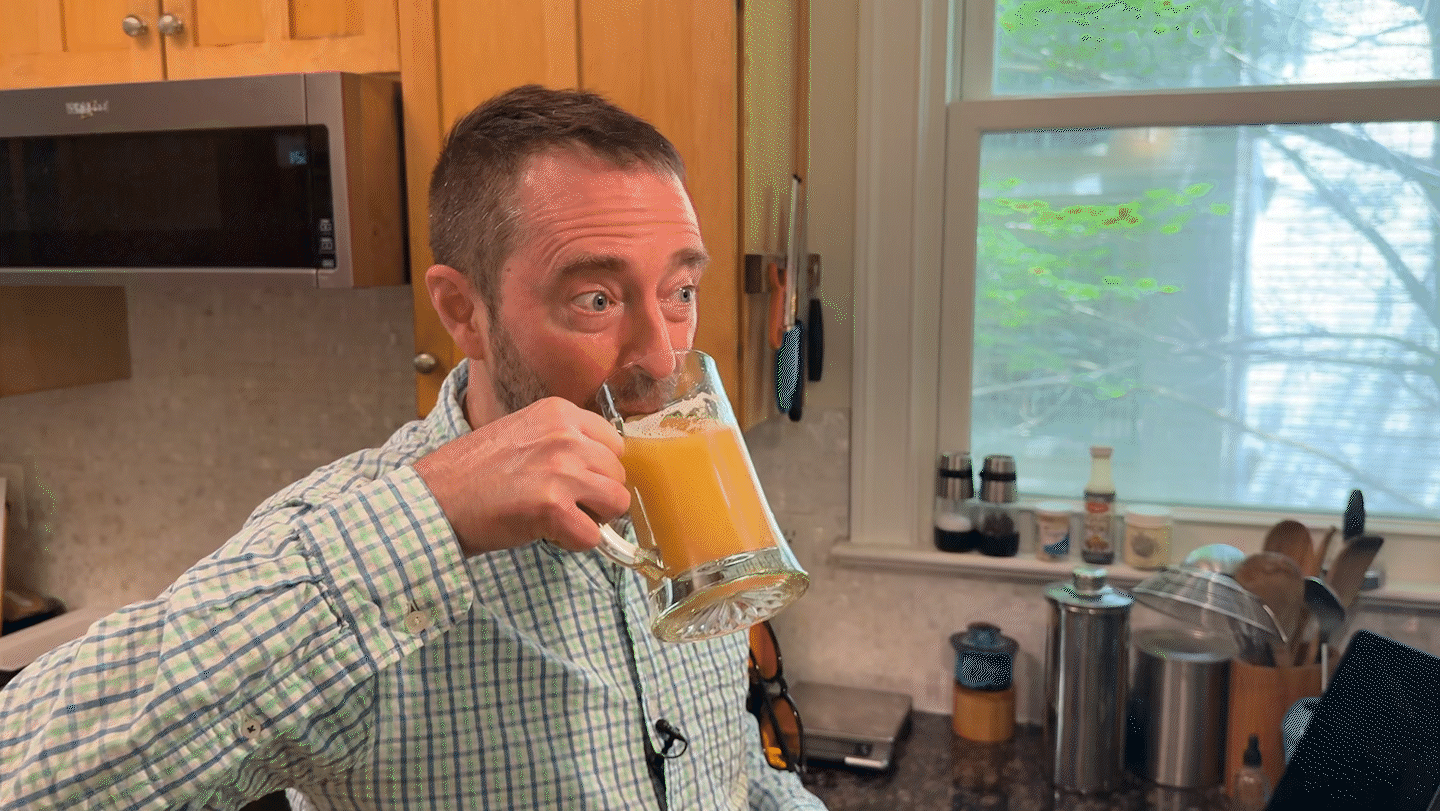
Health & Medicine
He made beer that’s also a vaccine. Now controversy is brewing
An NIH scientist’s maverick approach reveals legal, ethical, moral, scientific and social challenges to developing potentially life-saving vaccines.
Every print subscription comes with full digital access

An NIH scientist’s maverick approach reveals legal, ethical, moral, scientific and social challenges to developing potentially life-saving vaccines.
We summarize the week's scientific breakthroughs every Thursday.
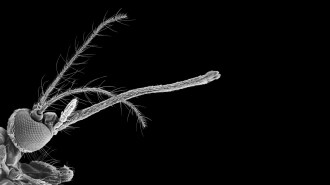
A mosquito proboscis repurposed as a 3-D printing nozzle can print filaments around 20 micrometers wide, half the width of a fine human hair.

The tiny pantheon known as the Asgard archaea bear traits that hint at how plants, animals and fungi emerged on Earth.

Finding that vampire bats along Peru’s coast carried H5N1 antibodies raises concerns that multiple bat species could become reservoirs for the virus.
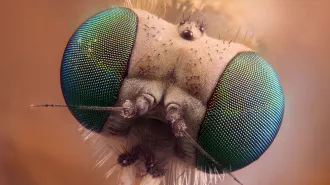
A compilation of 100 examples of biological tilings shows how repeated natural motifs enhance strength, flexibility and other key functions.
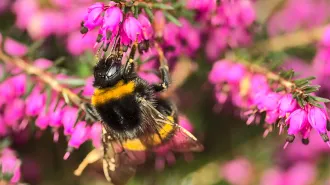
The finding could guide beekeepers to keep hives out of most vulnerable areas of the Irish heathlands.

Irritability is a normal response to frustrations, but it can sometimes signal an underlying mental health disorder, like depression or anxiety.
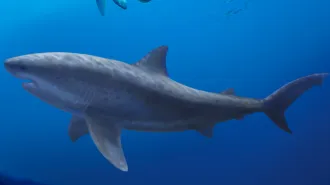
Lamniform sharks such as great whites and tiger sharks are famous for their size. The first such giants evolved 15 million years earlier than thought.

Tiny cameras threaded inside a Neandertal skull provide evidence that their big noses were not an adaptation to cold climates.
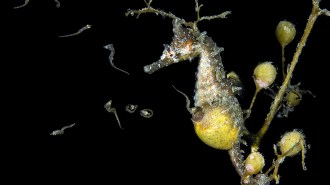
By studying the genes responsible for the seahorse’s brood pouch, researchers uncovered a new route to “motherhood.”
Subscribers, enter your e-mail address for full access to the Science News archives and digital editions.
Not a subscriber?
Become one now.